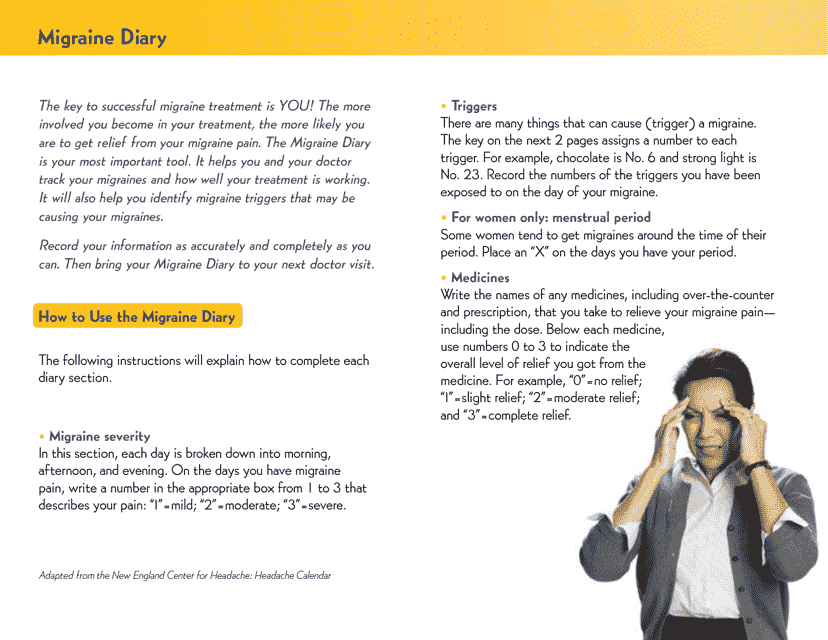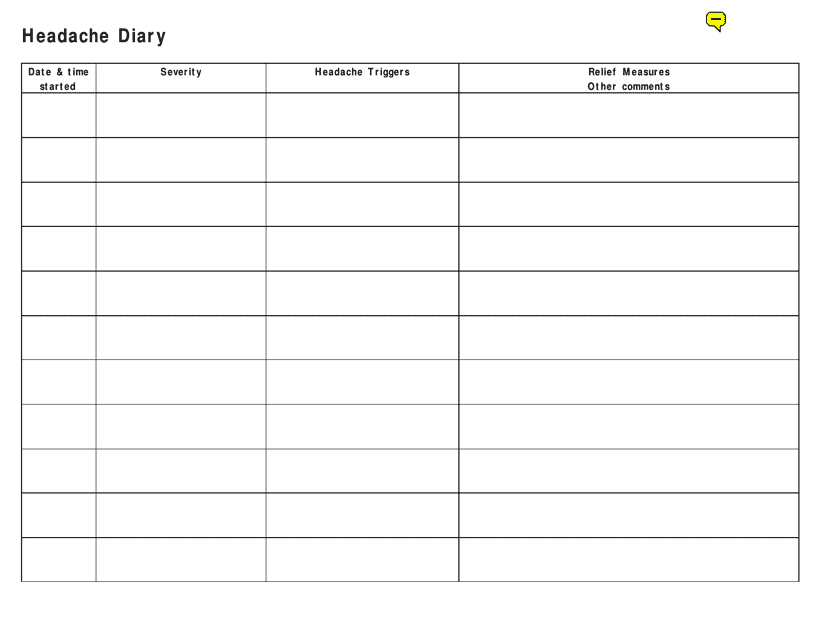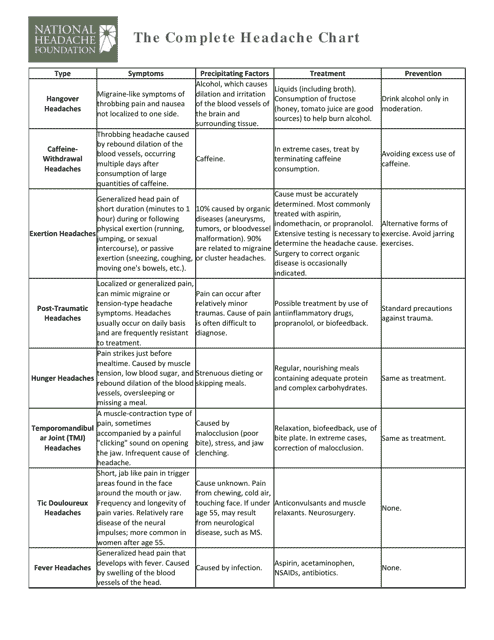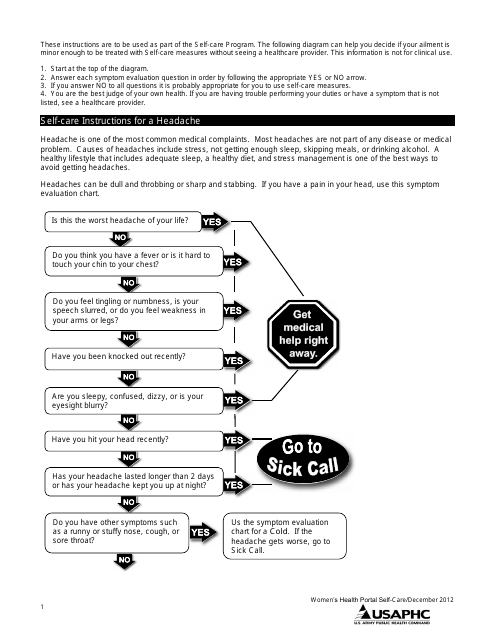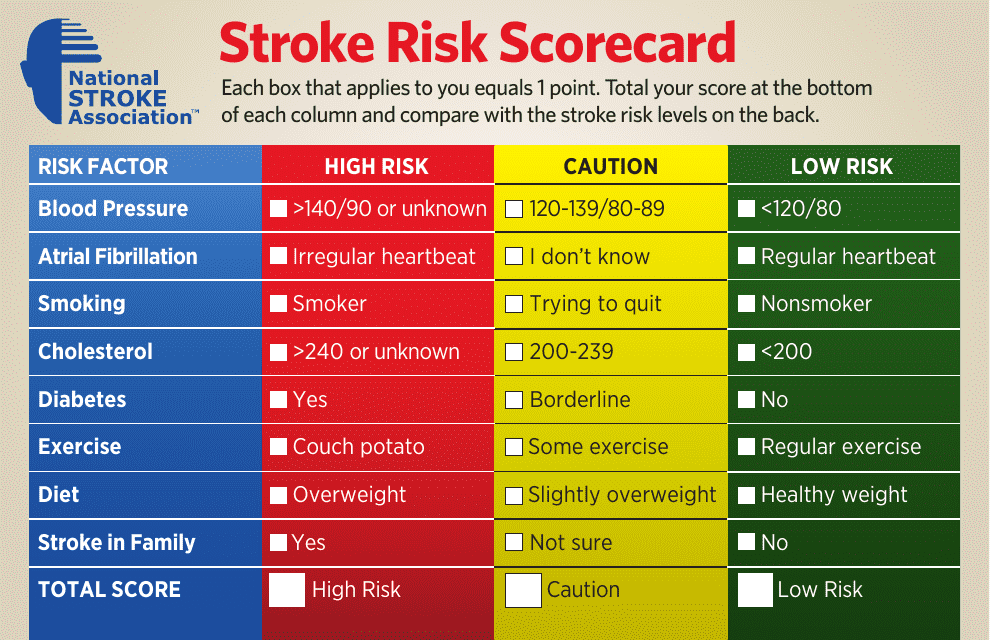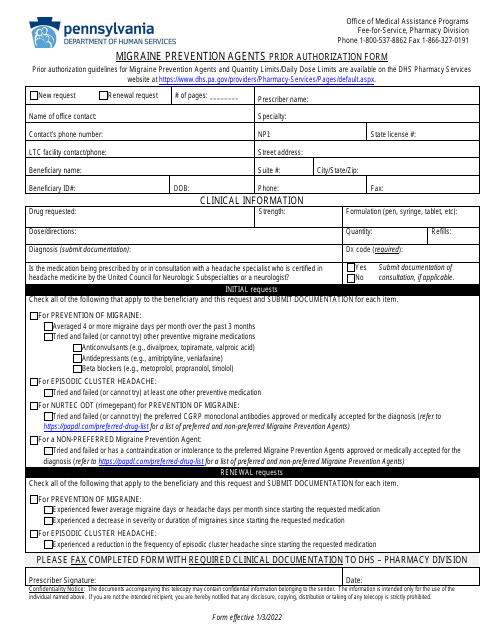Free Headache Chart Templates
Headache Pain Chart: What Is It?
A Headache Pain Chart refers to a detailed visual report on the individual's painful sensations occurring in the area of their head and face.
Alternate Names:
- Head Pain Diagram;
- Headache Pain Diagram.
Whether there are emotional factors that contributed to the person's poor health or there are medical reasons for them to feel bad, it is important to quickly pinpoint the area of the head or face that hurts in order to choose the right course of treatment in every particular case. It is no secret that frequent headaches significantly lower the quality of life of the person that has to manage this annoying and distracting pain - after you monitor your condition for several weeks and months, you and your doctor will have an opportunity to analyze the information you have collected and adjust existing treatment or choose a new medication that will be more suitable in your situation.
Additionally, people that do not have chronic headaches yet should be vigilant when it comes to their health and record the symptoms that seem uncommon - episodic pain in the head deserves the same consideration more regular migraines do.
For a full list of Head Pain Chart templates please check out our library below.
How to Chart Headache Pain?
A person that often struggles with migraine or headaches for any reason should take control of this issue and try to mitigate the symptoms together with their doctor. To do so, it is advised to use a Headache Pain Location Chart and provide commentary to it:
-
Utilize an illustration or drawing of the head to show the area that hurts. In case you have suffered different sensations - for instance, squeezing pain or headache followed by dizziness, use distinct colors for better visualization. This will also help your medical provider with their analysis of your records when you share information from the pain chart you have been keeping. Note that the chart is supposed to depict the head from the front and the back so that you do not have to draw arrows or add long explanations you cannot decipher later when going back to a specific headache.
-
Indicate when you noticed the headache started, how long it lasted, how severe it was, and how long it took for medication to work if you took drugs to alleviate the pain. To describe the level of pain you have felt, you may use a scale from 1 (slight pain that did not interfere with your daily routine) to 10 (unbearable headache that did not let you do anything while it lasted).
-
List the unusual circumstances during the day that in your opinion could have led to the headache. This section of the chart may contain your remarks regarding the new ingredients you have added to your meals, medication you have just been prescribed, supplements and vitamins you have started taking, and any other health issues you have had during the day even if on the surface they do not seem related to your head.
Still looking for a particular template? Take a look at the related templates below:
Documents:
8
This document is a headache chart or migraine diary used to track and record information about migraines, such as frequency, duration, triggers, and symptoms.
This document provides a headache chart that includes a severity scale, common headache triggers, and relief measures. It helps individuals track their headaches and find effective ways to manage them.
This document provides a chart to help track and classify different types of headaches for better understanding and management.
This chart provides self-care recommendations for managing headaches. It includes tips for relief and preventive measures.
This document provides a tool to evaluate the impact of migraines on a person's daily life activities. It helps to assess the level of disability caused by migraines, assisting health professionals devise appropriate treatment strategies.
This document is a tool used to evaluate the risk factors associated with stroke. It helps in identifying potential lifestyle changes and medical interventions to reduce the stroke risk.
This document provides a comprehensive overview of an individual's risk factors for stroke, including information on current health conditions, lifestyle, and family medical history. It's often used by healthcare professionals to assess the probability of a patient experiencing a stroke and advice on how to lower this risk.
This form is used by healthcare providers in Pennsylvania to request authorization for the use of specific medications designed to prevent migraine episodes. It is a crucial document for streamlining the approval process for these medications.

